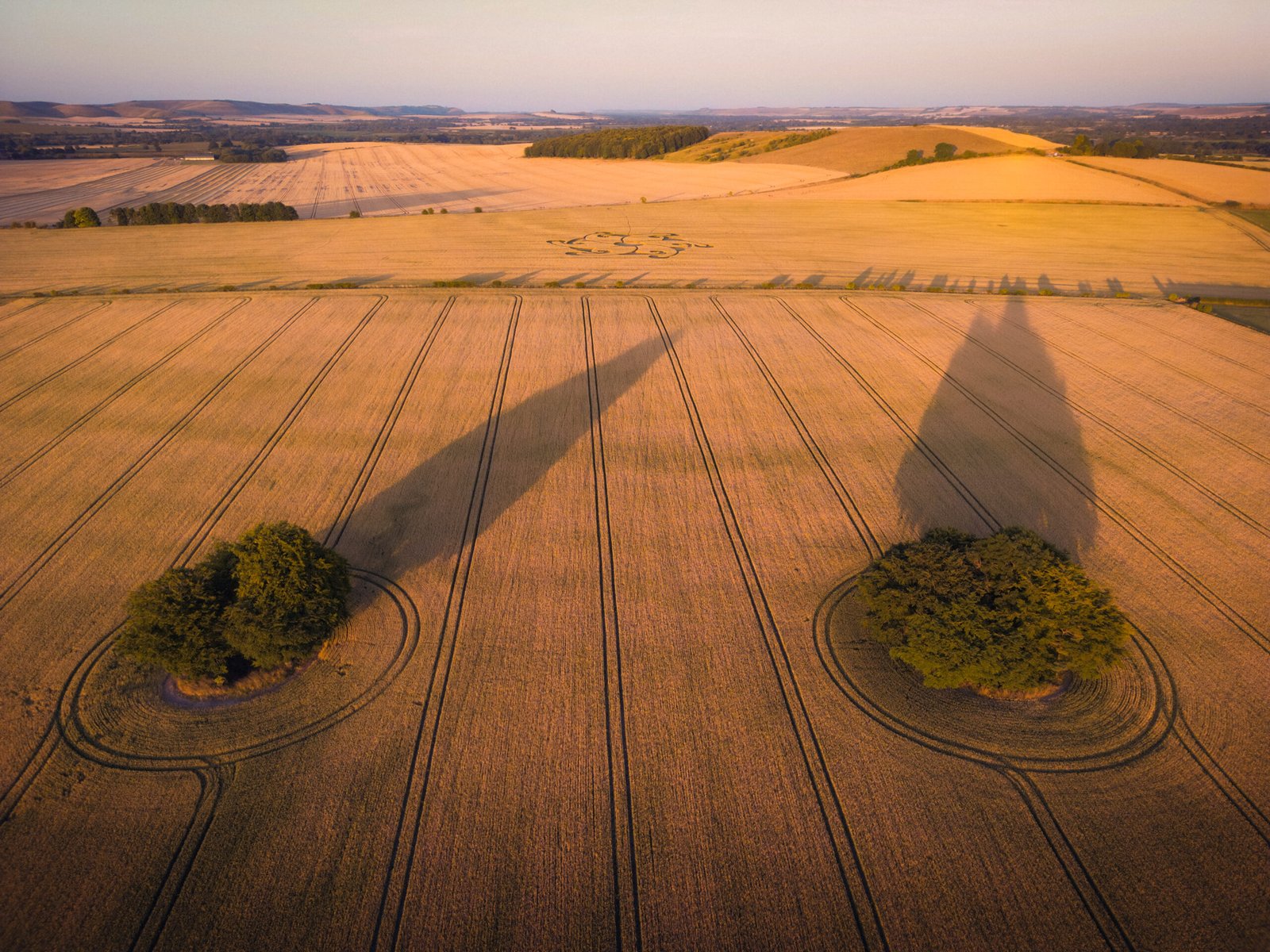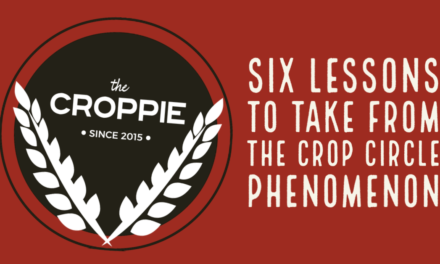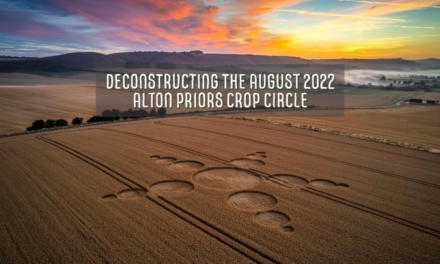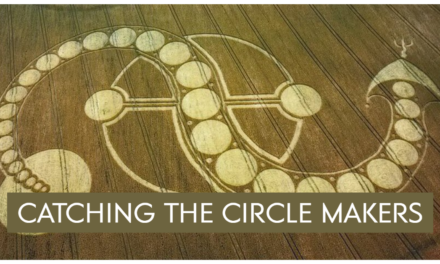
Dear Croppie: Was 2024 The Quietest Crop Circle Season On Record?

Do you remember when the fields of Wiltshire were full of crop circles? It’s fair to say that the 2024 crop circle season will be remembered less for what occurred than for what didn’t appear. Formations were few and far between and things inched along with very little to keep even the most patient, tolerant croppie satiated. Instead, social media became even more of a hotbed for whiners, armchair critics and those desperate to draw attention to themselves. The circus was in town with the clowns, but none of the other acts made anything more than a fleeting appearance.
Needless to say, questions began to be asked. We received two through our Instagram account: Was 2024 the quietest ever crop circle season on record? If not, then what year takes the unwanted accolade?
We can try to give some answers. But, before then, we have to insert some caveats:
- All tallies only include those crop circles which have been reported in the public domain. For obvious reasons, we cannot include crop circles which have never been discovered. Indeed, back in the early 1990s, most crop circles were discovered organically by members of the public. It is inevitable that some have been missed and, from our coversations with circle makers, we know similar events can sometimes occur today. We also cannot account for circles which were discovered but, for whatever reason, were never reported.
- We have based our own figures on data compiled by the Crop Circle Connector and Crop Circle Center websites. There are variations between them.
- We have attempted to remove those formations we know were created as part of advertising campaigns or media stunts. We don’t know everything about every crop circle, so it is highly likely that we haven’t excluded enough of them.
- Our own statistical database runs from 1975 onwards. We chose this date as it reflects the earliest date at which Doug Bower and Dave Chorley may have started making crop circles. We could have also chosen 1976 or 1978, it has never been clear when the pair began. We could extend our database back further, using data from Terry Wilson’s book The Secret History Of Crop Circles, but the farther back we go, the more questionable some of the reports and tales become. Overall, it is a difficult task to differentiate between what was a crop circle and what may have been weather related lodging or a local piece of mythology. Given the limited nature of such events, it hardly seems worth the effort.
- Our database only includes crop circles which have appeared in Great Britain. (If this is of concern, see point 4.)
- The manner in which crop circle numbers have been recorded has changed through the years. In the late 1980s and into the early 1990s, a formation containing 10 separate circles would have counted as just that. These days, it is common practice to record each ‘event’ as a solitary circle, so that cluster of 10 is counted here as 1. We have retrospectively applied this rule. In cases where formations have appeared in stages over multiple nights, we have included them as single events.
- Chances are we will have overlooked some circles from our sources. In such cases, their exclusion is by accident rather than by design.
- All things considered, we cannot claim our database is 100% accurate. That is not possible for the reasons given above. However, we are satisfied that it captures the overall trend of crop circle numbers on a year by year basis.
Happy?
From our figures, we can conclude the following:
The 2024 British crop circle season has seen the fewest amount of formations reported since 1981. In both years, a total of 8 circles were recorded.
The only seasons quieter than 2024 were 1975 (5 circles), 1976 (4) and 1977 (5), though it is tough to view these figures as accurate.
At this point, let’s insert some conjecture.
The mid to late 1970s were the phenomenon’s formative years and many of the public reports from these dates were made retrospectively. (The first circles to be publicly reported at the time came from Westbury in 1980.) Furthermore, with Doug Bower and Dave Chorley’s work from the 1970s largely going unnoticed by all but a handful of individuals, it is possible there were more circles out there from the pair that were never discovered. We will almost certainly never know.
As such, there is a reasonable case to be made that 2024 represents the quietest crop circle season on record.





